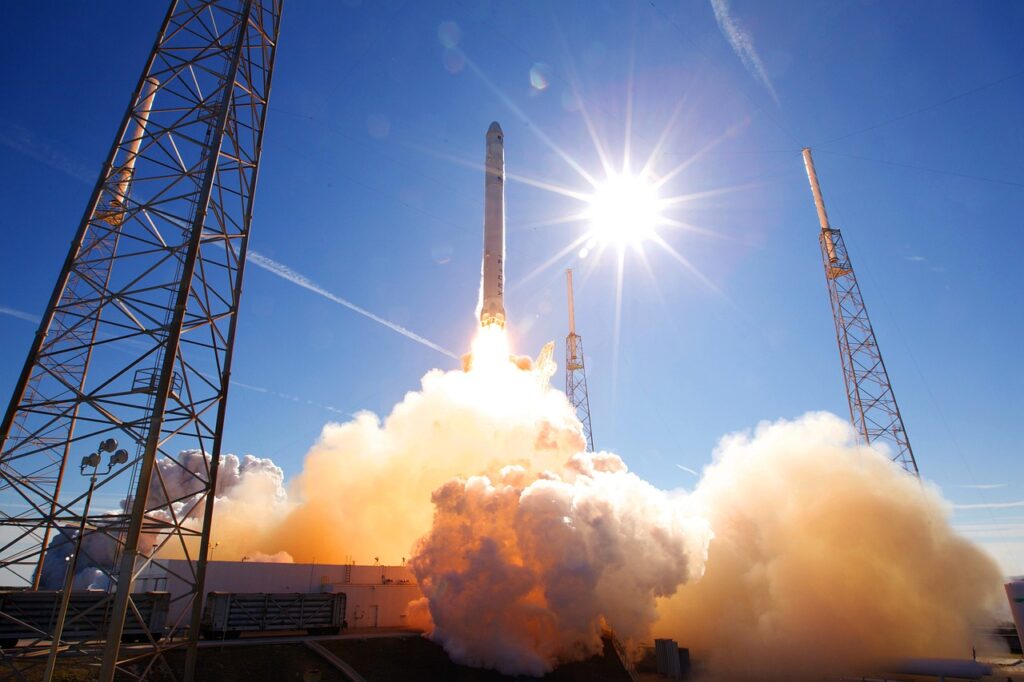
(Rightallegiance.com) – William Anders, a distinguished astronaut celebrated for capturing the iconic “Earthrise” photo during the historic Apollo 8 mission, tragically passed away at the age of 90 in a plane crash. The incident occurred on Friday when a small aircraft, in which Anders was traveling, crashed into the waters north of Seattle. Authorities from NASA, local officials, and his family confirmed the heartbreaking news.
According to reports from the Coast Guard for the Pacific Northwest and the San Juan County Sheriff’s Office, the crash took place between Orcas and Jones islands, approximately 80 miles north of Seattle. The sheriff’s office indicated that only the pilot, believed to be Anders, was aboard the two-seat plane, and his body was recovered from the wreckage.
Greg Anders, William Anders’ son and a retired Air Force Lt. Col., expressed the profound loss felt by the family: “The family is devastated. He was a great pilot and we will miss him terribly,” he shared with The Associated Press.
NASA Administrator Bill Nelson offered his condolences, acknowledging Anders’ significant contribution to humanity during the Apollo 8 mission: “In 1968, during Apollo 8, Bill Anders offered to humanity among the deepest of gifts an astronaut can give. He traveled to the threshold of the Moon and helped all of us see something else: ourselves. He embodied the lessons and the purpose of exploration. We will miss him,” Nelson wrote.
The tragic accident unfolded on Friday morning when authorities received reports of a plane crash involving an older-model aircraft. It was revealed that Anders, a distinguished pilot and astronaut, was onboard the flight. Anders, alongside fellow astronauts Frank Borman and James Lovell Jr., made history during the Apollo 8 mission by becoming one of the first three individuals to orbit the moon.
Anders’ most iconic contribution to space exploration remains the “Earthrise” photo, a breathtaking image that captured the Earth rising above the lunar horizon. Recounting the moment of capturing the photo, Anders remarked on the unexpected beauty of the Earth from space, an experience that deeply impacted him and others.
Reflecting on his space journey during an interview in 2018, Anders shared his perspective: “When the Earth came up over the lunar horizon, that’s when it really impressed me as to how much more delicate the Earth was, and colorful.”
Born in Hong Kong on October 17, 1933, Anders pursued a distinguished career in aviation and space exploration. In addition to his role in the Apollo 8 mission, he served as the backup pilot for the Gemini XI mission and the historic Apollo 11 mission, which marked the first human landing on the moon in 1969.
The National Transportation Safety Board is currently investigating the cause of the plane crash, identified as a Beech A45. Colleagues and admirers, including Senator Mark Kelly, a former astronaut, paid tribute to Anders’ remarkable legacy and his profound impact on space exploration and our understanding of Earth.
Anders’ remarkable journey, from his beginnings as a fighter pilot in the Air Force to his pioneering role in space exploration, leaves an indelible mark on history. As the world mourns his loss, his contributions to science, exploration, and humanity will continue to inspire future generations of astronauts and explorers.